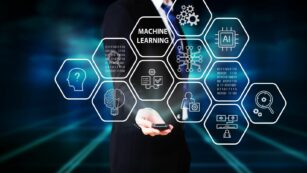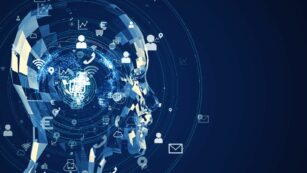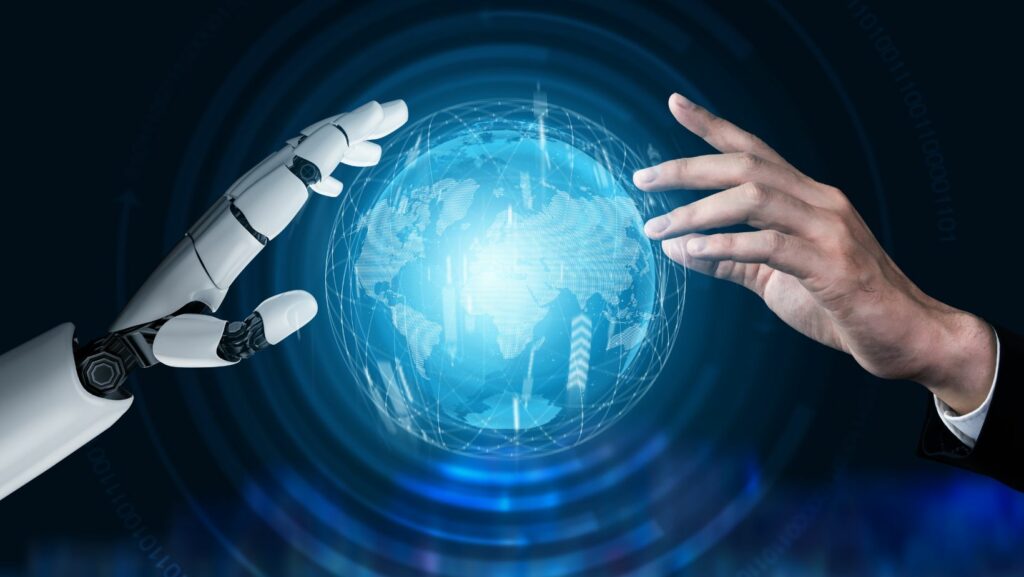Machine Learning vs Generative AI
The Main Differences
The exploration of machine learning versus generative AI unveils fundamental disparities in their approaches to data processing and the strategies they employ for learning and adaptation. These differences not only define their unique capabilities but also influence their applications in the tech world.
Approach to Data Processing
 Machine learning algorithms primarily focus on interpreting and analyzing data to make predictions or decisions based on input data. This process involves identifying patterns within the data and applying these insights to solve specific tasks, such as spam detection in emails or recommendation systems on streaming platforms. Machine learning models require a substantial amount of labeled data to train on, which enables them to improve their accuracy over time through exposure to more data points.
Machine learning algorithms primarily focus on interpreting and analyzing data to make predictions or decisions based on input data. This process involves identifying patterns within the data and applying these insights to solve specific tasks, such as spam detection in emails or recommendation systems on streaming platforms. Machine learning models require a substantial amount of labeled data to train on, which enables them to improve their accuracy over time through exposure to more data points.
Generative AI, on the other hand, not only interprets data but also uses it to generate new data instances that are similar but not identical to the original data. This capability stems from its advanced algorithms, like Generative Adversarial Networks (GANs) or Variational Autoencoders (VAEs), which enable it to produce content ranging from synthetic images to text that mimics human writing. Unlike machine learning, generative AI doesn’t just seek to understand or predict based on the data but also to expand on it, creating novel outputs that did not previously exist.
Learning and Adaptation Strategies
 Machine learning models improve their performance by learning from the data they are exposed to. This improvement is iterative, meaning the model gradually enhances its accuracy as it processes more data. The adaptability of machine learning models is largely dependent on the quality and quantity of the training data, their algorithmic structure, and the optimization techniques applied during the training process. This learning methodology is primarily supervised or unsupervised, focusing on pattern recognition and prediction.
Machine learning models improve their performance by learning from the data they are exposed to. This improvement is iterative, meaning the model gradually enhances its accuracy as it processes more data. The adaptability of machine learning models is largely dependent on the quality and quantity of the training data, their algorithmic structure, and the optimization techniques applied during the training process. This learning methodology is primarily supervised or unsupervised, focusing on pattern recognition and prediction.
Generative AI adopts a more dynamic approach to learning and adaptation. It not only learns from existing data but also continuously refines its output through a process of trial and error. Generative models engage in what is known as unsupervised learning, generating new data instances without direct instruction on the desired output. This self-improving capability allows generative AI to create increasingly complex and accurate representations of data, pushing the boundaries of creativity and innovation.
Impact on Industries
The exploration of machine learning versus generative AI unveils their distinct impacts across various sectors. Each technology tailors its approach to automating and enhancing industry-specific tasks, reshaping traditional processes with precision and innovation.
Machine Learning in Business Analytics
Machine learning revolutionizes business analytics by harnessing data-driven insights to forecast trends, optimize operations, and personalize customer experiences. It analyzes past and current data patterns to predict future behaviors, enabling businesses to make informed decisions swiftly.
Companies leverage machine learning for:
- Predictive analytics, predicting customer behavior and market trends to inform strategic decisions.
- Operational efficiency, automating routine tasks and optimizing logistics, thus reducing costs and improving service delivery.
- Customer segmentation, tailoring marketing strategies to distinct customer groups based on their behaviors and preferences.
Generative AI in Creative Industries
 Generative AI stands at the forefront of innovation within creative industries, offering tools that redefine content creation, design, and multimedia production. It offers:
Generative AI stands at the forefront of innovation within creative industries, offering tools that redefine content creation, design, and multimedia production. It offers:
- Content generation, crafting textual, visual, or audio content that mimics human creativity.
- Design exploration, generating numerous design variations, thus facilitating creative processes in architecture, fashion, and digital art.
- Interactive entertainment, creating dynamic and responsive content for video games and virtual realities, enhancing user experiences.
For example, publishing companies use generative AI to produce drafts and creative content, significantly reducing the time and resources spent on content creation. Graphic designers and digital artists employ generative tools to iterate rapidly through design concepts, opening up new realms of artistic possibilities. Furthermore, the film and video game industries harness generative AI to generate realistic environments and characters, streamlining the production process.
The Future Landscape
The journey through the realms of machine learning and generative AI uncovers their unique capabilities and transformative impacts across industries. By leveraging the predictive power of machine learning, sectors such as finance, healthcare, and retail are optimizing operations and forecasting trends with unprecedented precision. On the other hand, generative AI is pushing the boundaries of creativity, enabling the generation of novel content that redefines the landscape of design, multimedia production, and beyond.

